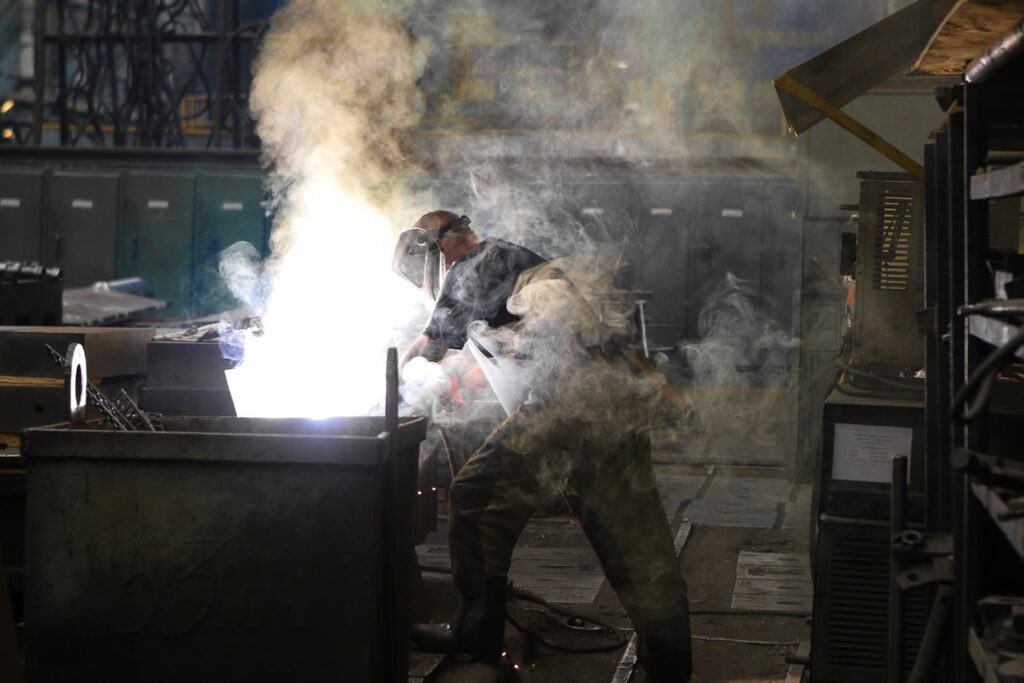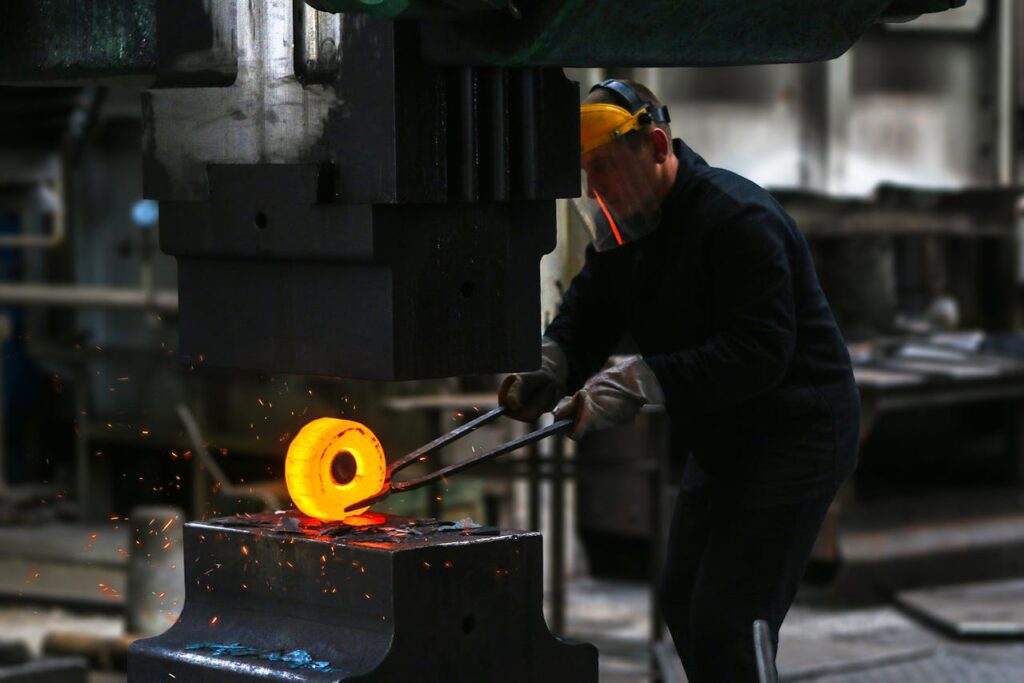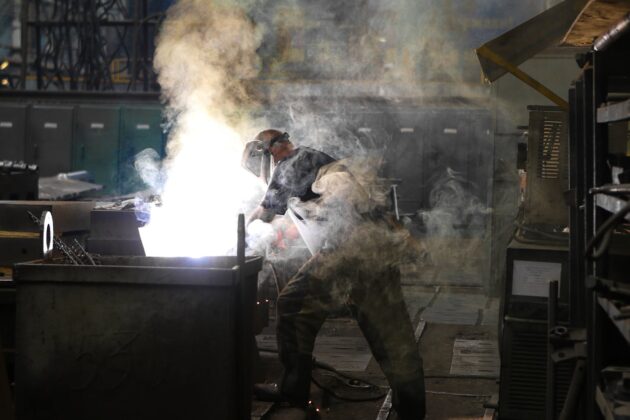
Manufacturing has seen a constant evolution, but few advances offer the leaps in efficiency and quality that structural foam molding provides. For businesses looking to streamline production without compromising structural integrity or innovation, structural foam molding stands as an industry heavyweight, ready to reshape your entire manufacturing process. Whether you’re a seasoned professional or an up-and-coming engineer, understanding why and how this process could transform your operations is vital. Here, we dismantle the core pillars of structural foam molding that could redefine your company’s approach to production.
Table of Contents
Significant Cost Reductions in Production
When it comes to costs, structural foam molding can turn the tables in your favor. How? By using a low-pressure process that requires less material, this technique not only slashes raw material bills but also reduces cycle times. The lower pressure allows for the use of cheaper tooling materials, and with fewer reinforcements needed, tool maintenance costs are notably lower. Moreover, hiring professionals, whether you visit www.ferriot.com or seek local services, can also be more cost-effective as you’ll require fewer machine operators due to the simplicity of the process. This means that your production costs will significantly decrease without compromising on structural integrity or quality. This is particularly beneficial for businesses looking to scale up their operations without breaking the bank.
Enhanced Structural Integrity
Structural integrity is non-negotiable in many industries, yet it often comes at a significant cost. Structural foam molding, however, stands tall in providing high strength-to-weight ratios without imposing the usual burdens on your budget. This durability is particularly notable in high-load-bearing applications. By employing a cellular core within the part’s structure, integrity is maintained, even at a reduced weight, leading to products that are stronger and lighter – a combination that aerospace and automotive manufacturers dream about. Furthermore, this enhanced structural integrity also means that your products will have a longer lifespan, reducing the need for frequent replacements and saving you money in the long run.
Design Versatility
Traditional molding techniques can place frustrating limitations on design. Structural foam molding, on the other hand, celebrates engineering creativity. The process allows for thicker sections in parts without the usual sink marks that other molding methods might create, opening doors for designers to achieve the unachievable. This design freedom translates to the production of complex, functional parts, giving your engineers the space to innovate without the compromise often found in design for manufacturability. Even better, the process allows for over-molding and insert molding, providing endless possibilities for design and functionality.
Reduced Environmental Impact
In an age where sustainability is a buzzworthy necessity, structural foam molding impresses with its environmental credentials. Reduced material consumption leads to less waste, and this process can also utilize recycled materials, further lessening the project’s environmental footprint. Additionally, with reduced cycle times comes energy savings, aligning your company’s operations with the global shift towards a more sustainable, green industry stance. For businesses committed to reducing their environmental impact, structural foam molding is a clear choice for achieving that goal without compromising on efficiency or quality. So while it revolutionizes your production process, it also contributes to a more sustainable industry as a whole.
Improved Thermal Insulation
When thermal properties are a critical consideration, structural foam molding’s ability to incorporate foaming agents into its process can be a game-changer. This addition enhances the part’s insulation, which becomes an invaluable feature in demanding applications such as under-the-hood automotive parts or even household appliances. The result is products that can maintain consistent temperatures with increased efficacy, all thanks to the innovative molding process. Moreover, the use of these foaming agents also contributes to weight reduction, further improving structural integrity and efficiency. By incorporating this technology into your production process, you’ll be providing your customers with products that surpass expectations in both performance and quality.

Increased Material Options
Diversity in material offerings is another arrow in structural foam molding’s quiver, giving manufacturers a comprehensive selection to match product requirements. From general-purpose plastics to more specialized, high-temperature or chemically resistant materials, the versatility is vast. Such a varied palette allows for material selection to be tailored precisely to the part’s function, endowing it with characteristics that traditional injection molding might struggle to achieve. Most importantly, with structural foam molding’s ability to process a wide range of materials, businesses can benefit from reduced material costs without compromising the quality or functionality of their products. This opens up new possibilities for businesses looking to expand into different industries or cater to diverse customer needs.
Structural foam molding isn’t just a fad; it’s the future of efficient, quality manufacturing. For those willing to invest in the switch, be prepared for a production revolution. This process presents not just cost savings and design freedom but also enhanced environmental friendliness and product performance. As an industrial decision-maker, the question isn’t if structural foam molding should be on your radar – it’s when you’ll make the move to integrate it into your strategic manufacturing plans. With the evidence laid bare, the advantages are too significant to ignore.
